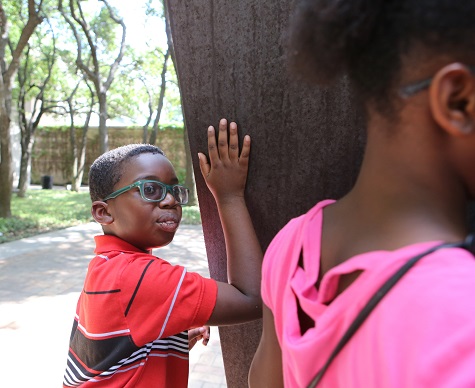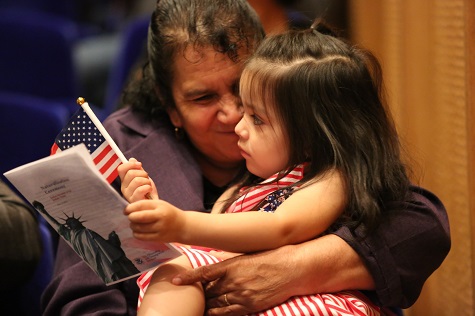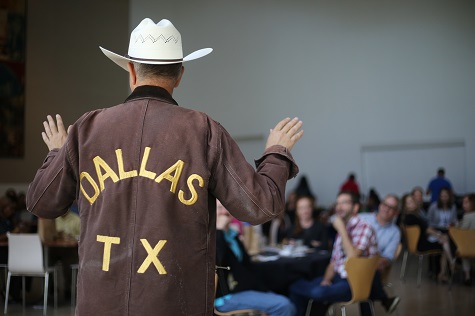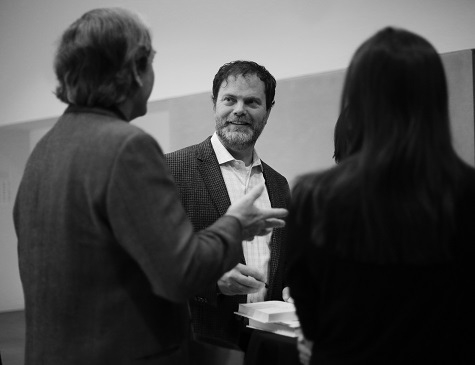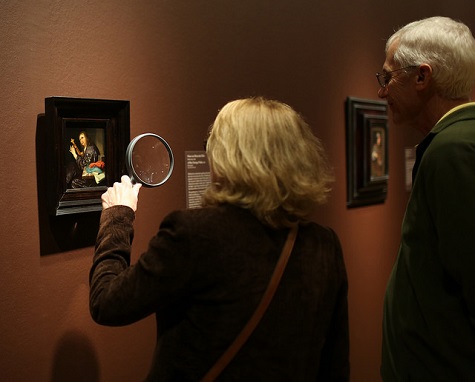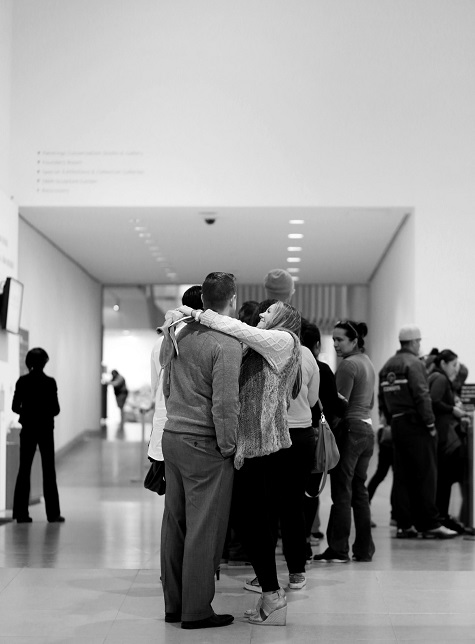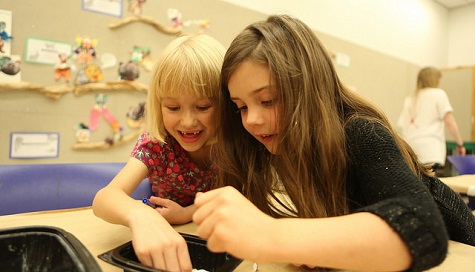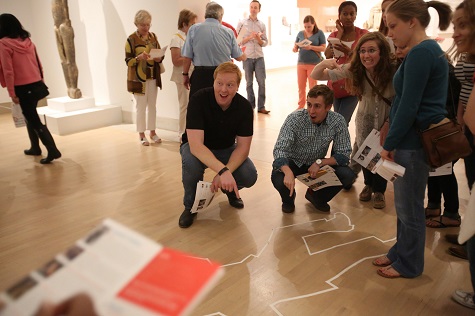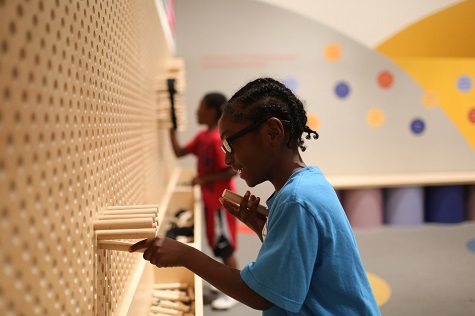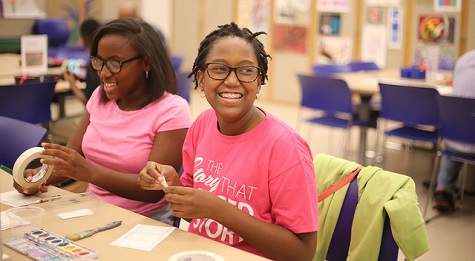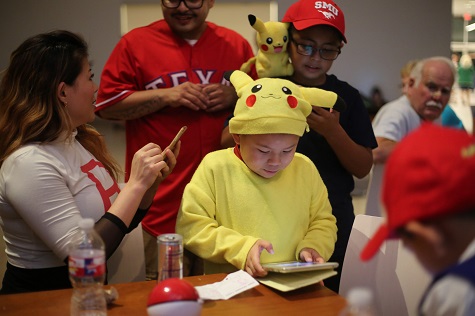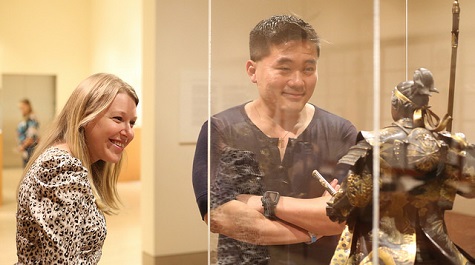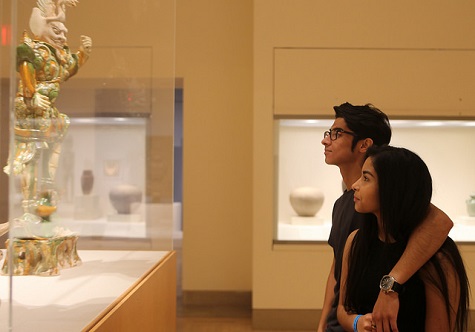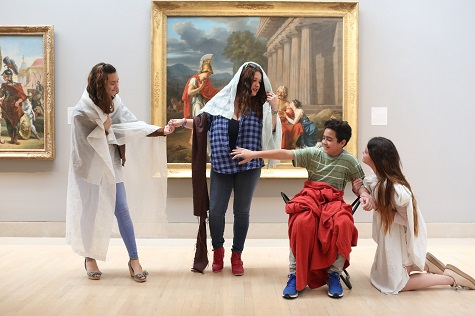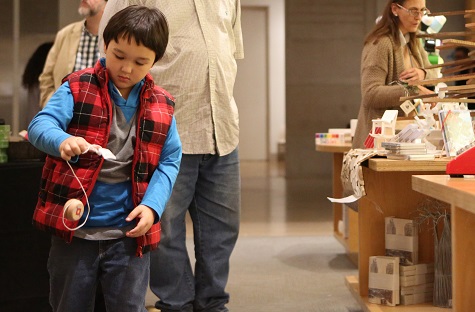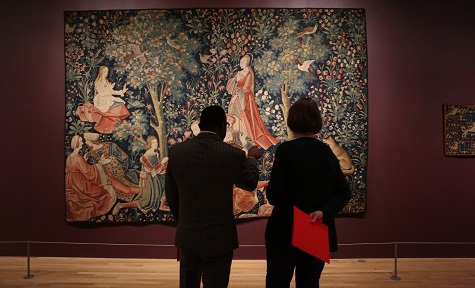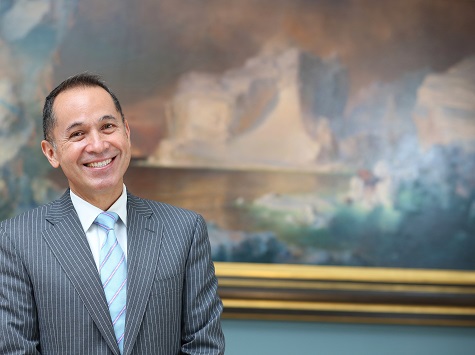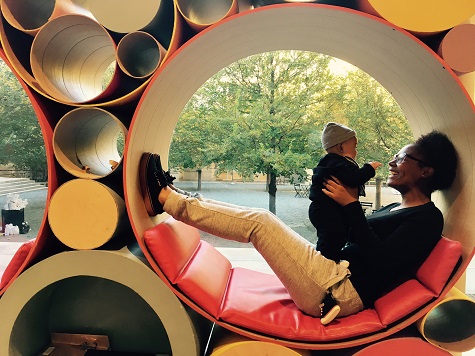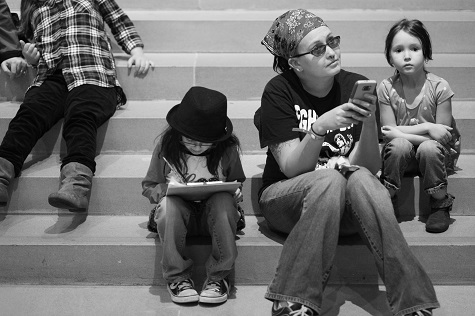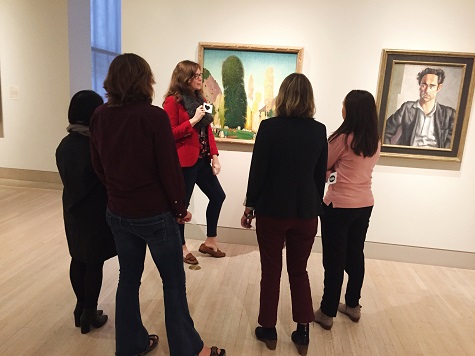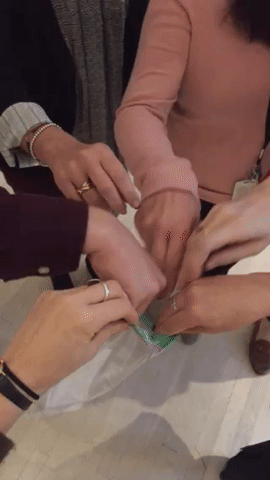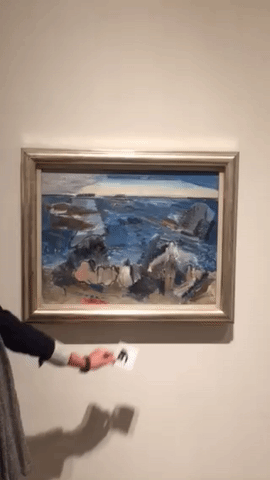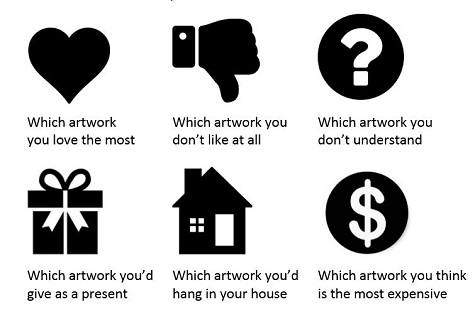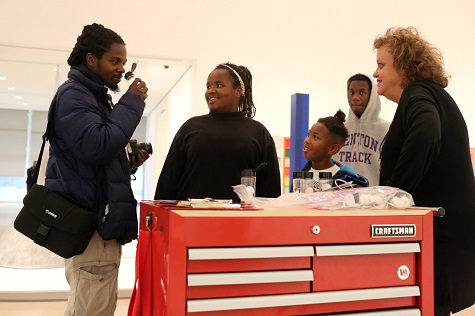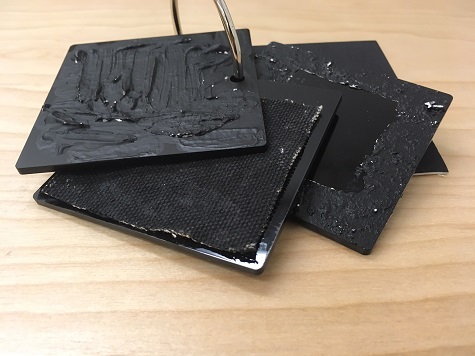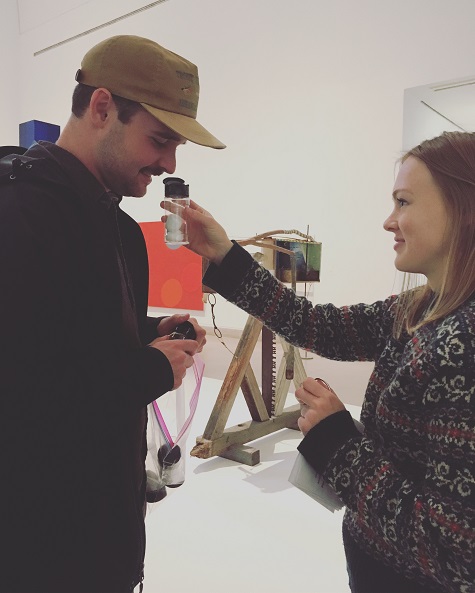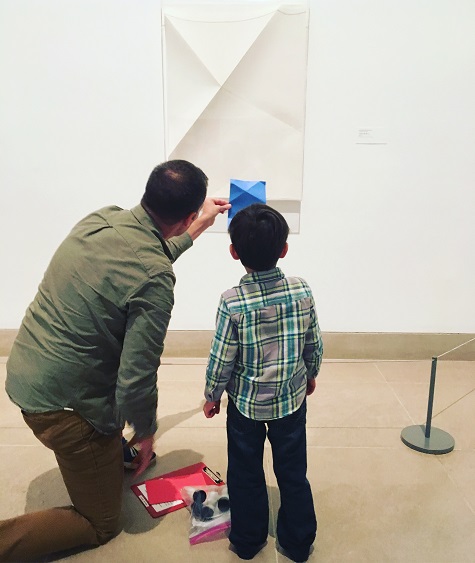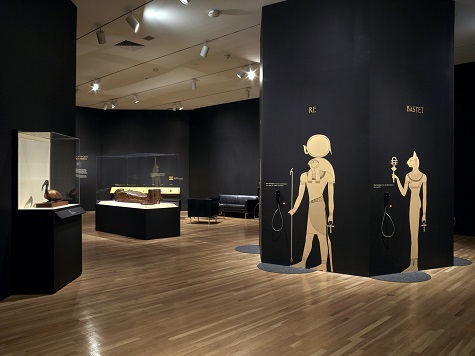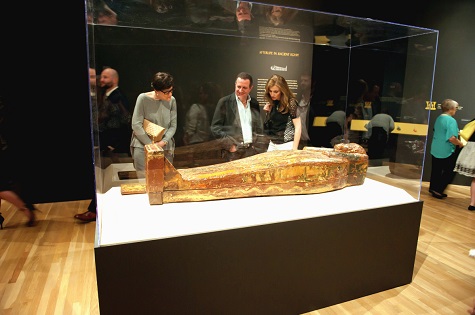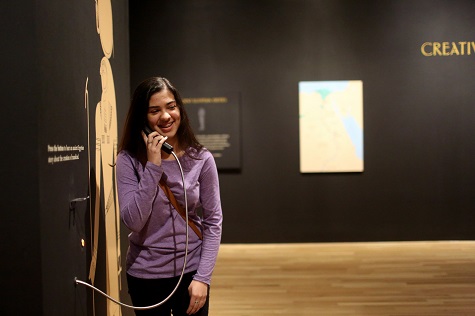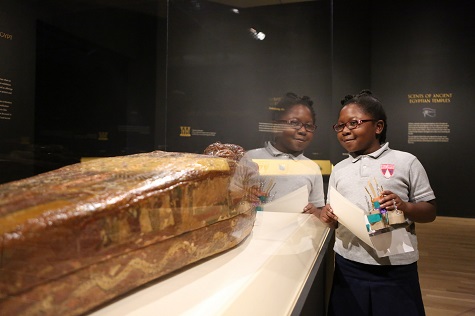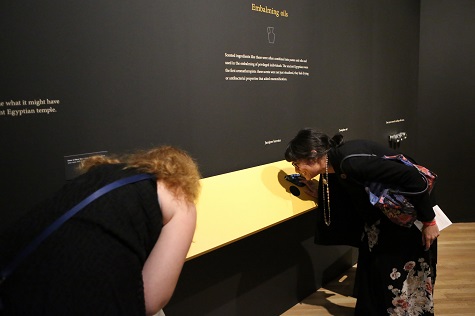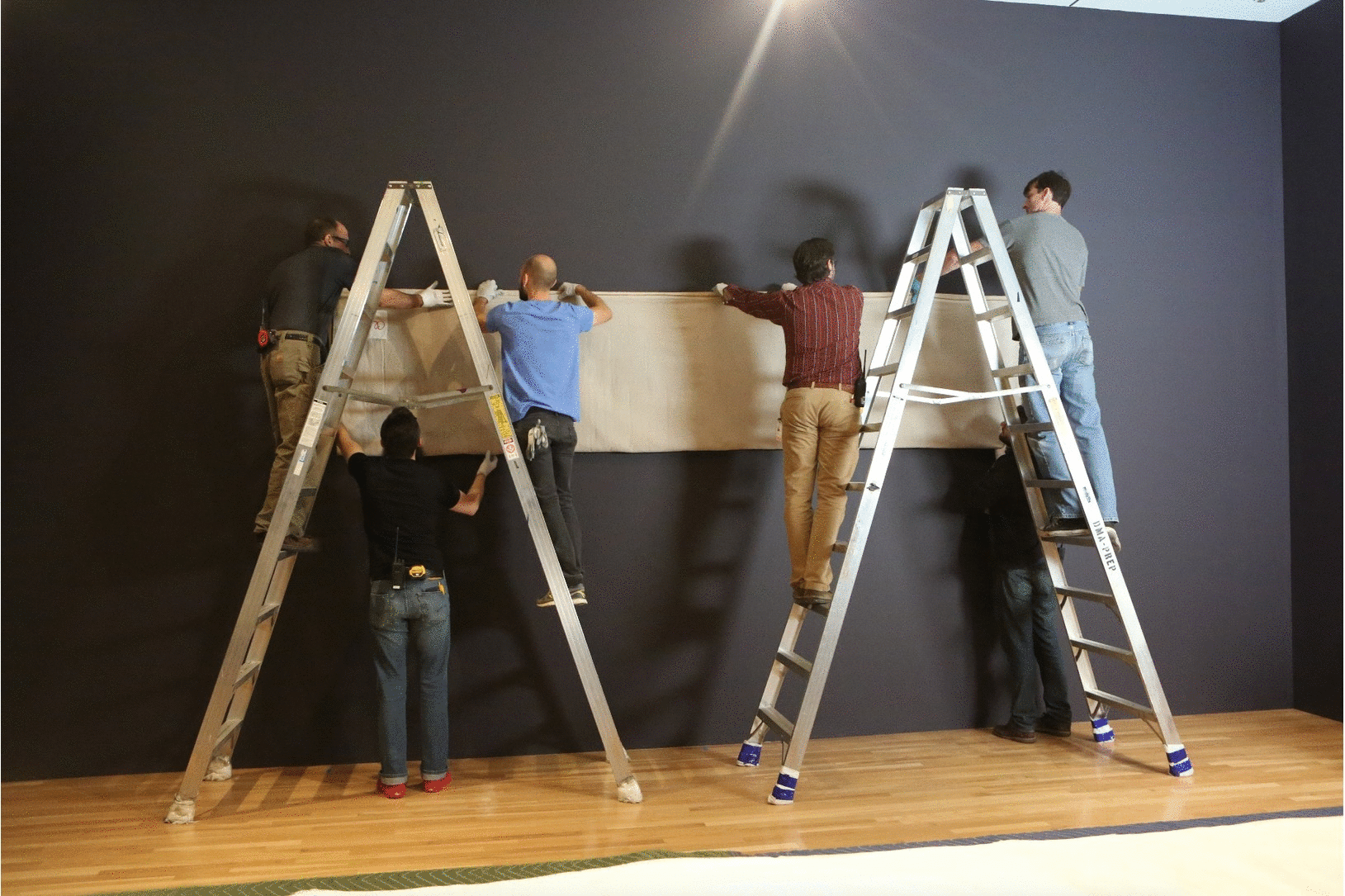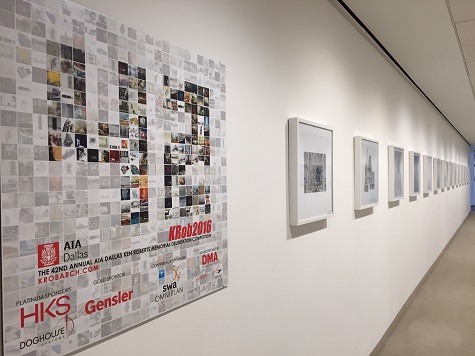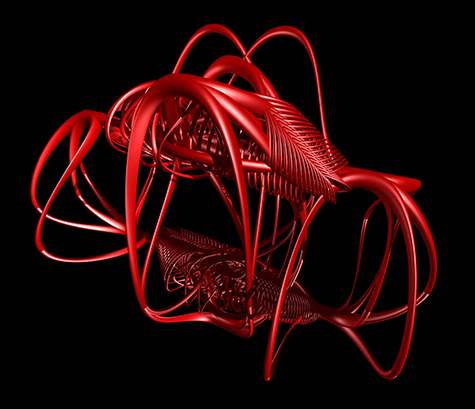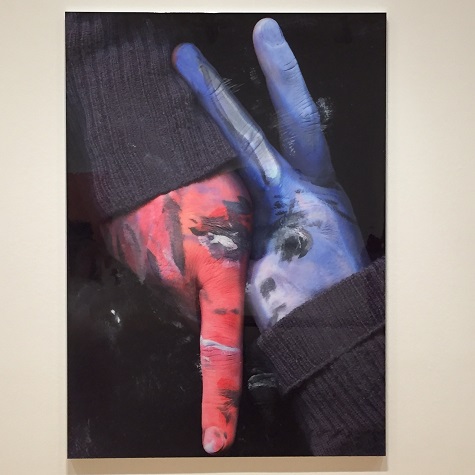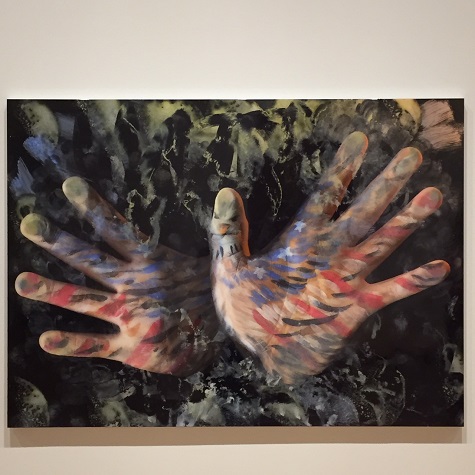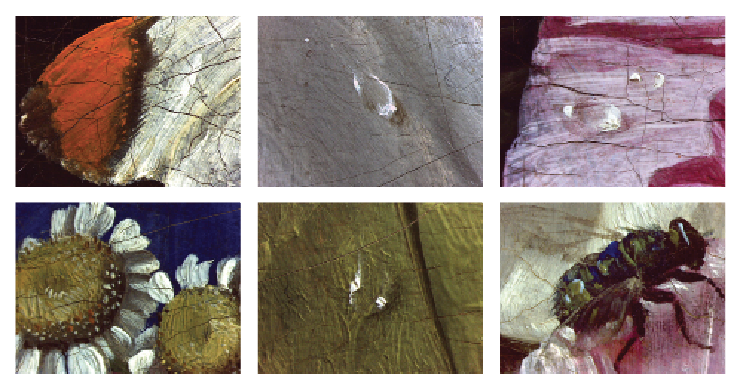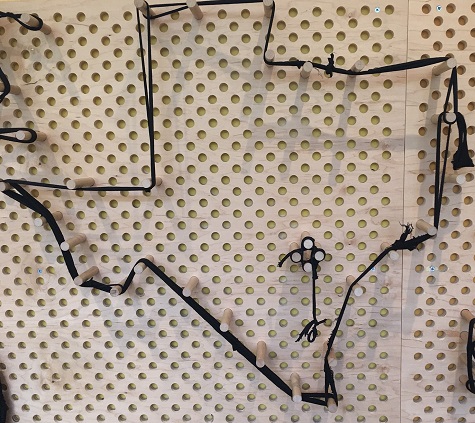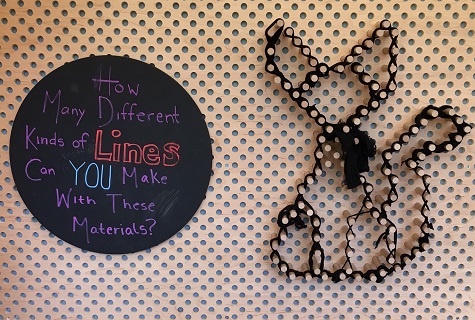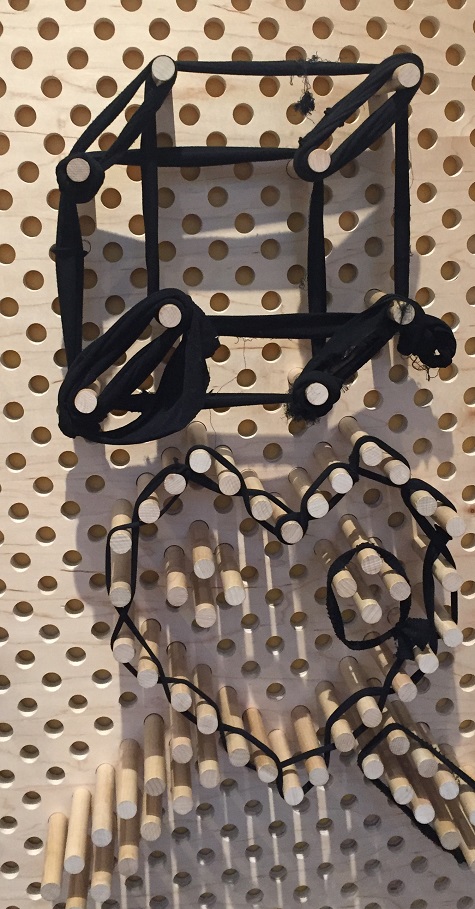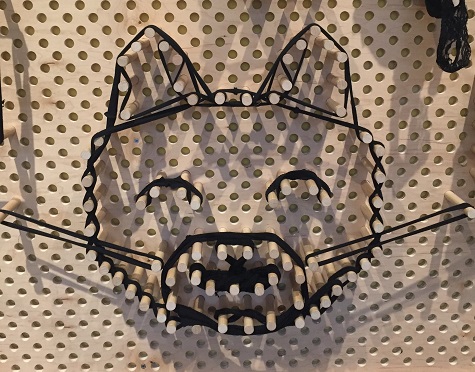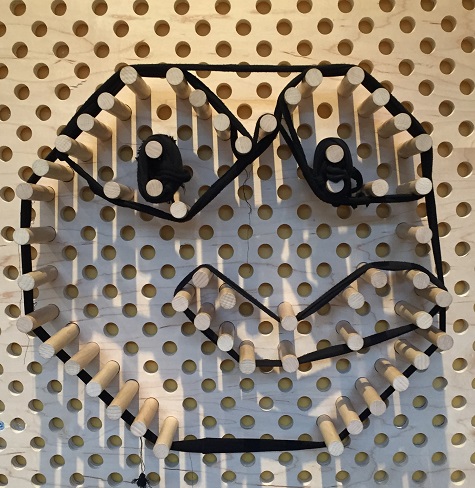It’s been a busy year at the DMA. From the opening of Eagle Family Plaza to the hiring of Dr. Agustín Arteaga, the new Eugene McDermott Director, my cameras have not taken a break! Now, I get that this is pictures of the year, but before we get to the photos, let’s run some numbers (Because who doesn’t love math when you’re trying to look at pictures).
Since January 5, 2016, I’ve photographed between 140-150 assignments. After a quick scan of all my folders from 2016 and some elementary-school-level math, my approximate total for photos taken this year is give-or-take 20,000.
With a little help from accounting, factoring that we work about 260 days a year, that’s an average of 77 photos every day. It’s also about 150 gigabytes of data for our computer savvy audience.
Clearly, a small fraction of the frames I take actually end up being used for our publications, ads, blogs, and more, but still, that’s a lot! In those 20,000 photos are celebrities, artists, politicians, dignitaries, and of course our amazing visitors. But, as corny as it may sound, nothing makes my day more than taking a photo of a group of kids creating art in the C3, a new mom holding her baby in the Young Learners gallery, or someone with their eyes glued to a painting in the DMA’s galleries.
These images range from some of the most momentous occasions we’ve had in 2016, to some fun behind-the-scenes moments and even just some of my personal favorites. Either way, I can’t wait for the next 20,000.
- Photos from the DISD Vision Impairment Tour. Images taken on Monday, June 20, 2016.
- Photos from Arts & Letter’s Live, featuring Mary Karr & Mary-Louise Parker. Images taken on Monday, Jan. 11, 2016.
- Photographs of the May 2016 DMA Naturalization ceremony. Images taken on Monday, May 23, 2016.
- Photos of Olivier Meslay’s farewell BBQ. Images taken from Monday, July 11, 2016.
- Photos from A&LL Presents: Rainn Wilson at the Horchow Auditorium. Images taken Saturday, March 19, 2016.
- Photos from the installation of Rebecca Warren sculpture at the North Entrance of the DMA. Images taken Friday, March 4, 2016.
- Photos from Vocalosity, held at McFarlin Memorial Auditorium at SMU. Images taken on Thursday, March 3, 2016.
- Photographs of Agustín Arteaga, Eugene McDermott Director of the Dallas Museum of Art. Images taken on Thursday, August 4, 2016.
- Photos from the Dance for Parkinson’s Disease access program. Images taken on Friday, Jan. 7, 2015.
- Photos from the DMA’s January 2016 Birthday Late Night on Friday, Jan. 15, 2016.
Greg Castillo is the Multimedia Producer at the DMA
